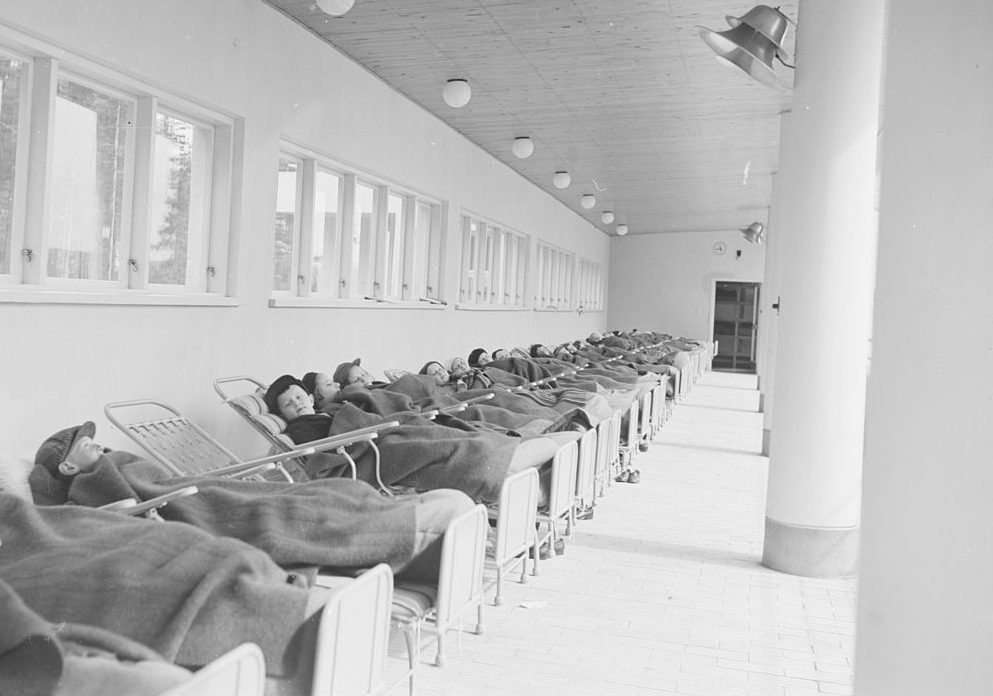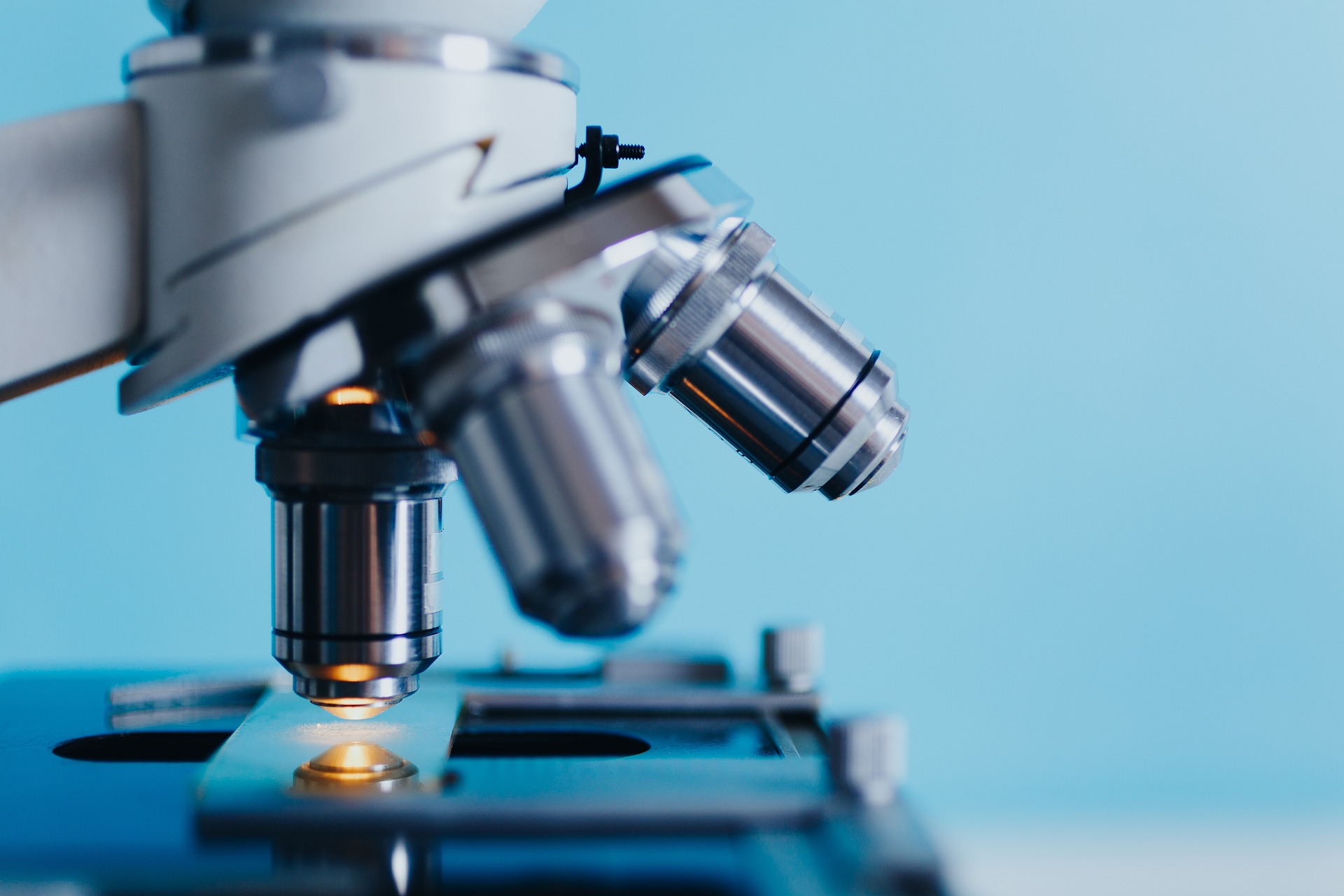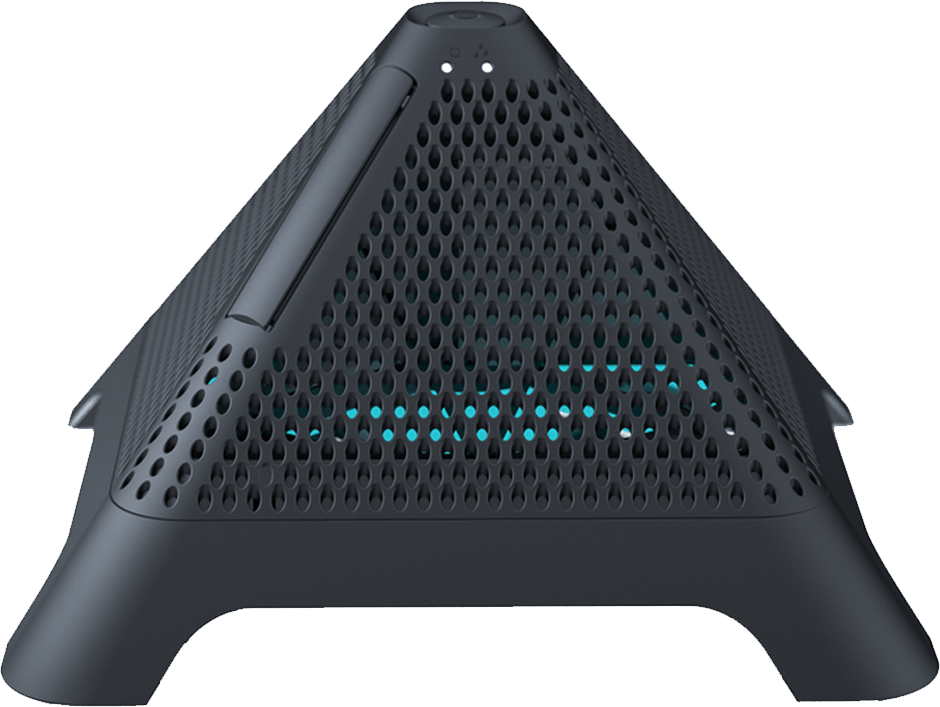
The story begins
Open Air Factor: a scientific mystery
The recognition that outdoor air has germicidal properties was widely exploited by the application of ‘open air therapy’ during the early 20th-century TB epidemic, the First World War and the great post-war Influenza pandemic. Mostly forgotten until the 1960s, this effect was eventually formally researched by biodefence scientists who observed and measured, but struggled to understand or identify, the mysterious germicidal ‘Open Air Factor’ (OAF), as it was then christened.
Disappointingly, their work ended when they concluded that they simply did not have the technical means to identify the short-lived active agent in outdoor air at that time.
Towards the end of the century, a few dedicated scientists led by Airora’s Alan Mole were determined to finally unravel the mystery of OAF, which lay at the complex and little understood intersection of atmospheric chemistry, microbiology and aerobiology. Finally, the door to OAF’s enigma was unlocked; it was all down to a particular sub-set of hydroxyls.

A 'radical' idea
NASA’s elegant solution
NASA was one of the first to recognise the powerful natural decontamination effects of hydroxyls.
Planning for future deep space flights and the international space station, NASA identified a big problem with Ethelyne (a VOC) in the cabin air, which would cause fruits and vegetables to ripen too quickly, spoiling them before they could be consumed.
NASA’s solution to the VOC problem was elegant and resulted in a way to purify the air at a level never before possible. It used the natural sanitising actions of hydroxyl radicals, which NASA has said ‘acts like a detergent in the air, breaking down other gases’.
They essentially created a cauldron of hydroxyl radicals (hydroxyls) in a reaction chamber, and by circulating the air through the chamber, destroyed the damaging VOCs. The big plus was that hydroxyls are entirely safe for humans.
Today the air in the International Space Station is routinely sanitised by hydroxyl radicals.

While NASA’s solution was practical in a sealed spacecraft where the air circulation was controlled it shares the same limitations with traditional air purifiers that can only filter air that is passed through the device.
Back on earth this solution (later called a PCO) has been widely applied in specific applications for the removal of ethylene gas, and in 2001 during the tragic Anthrax threats in Washington, D.C., the technology was tested by the University of Wisconsin, who determined it to be effective in eliminating Anthrax spores.
In fact, the hydroxyl radicals eliminated over 99.9% of spores that entered its reaction chamber. This discovery spurred other research which determined the technology was effective in destroying bacteria, viruses, and any VOC it came in contact with, as well as neutralising pollen, mould spores, mycotoxins, dust mites … you name it!

INTRODUCING THE STYLISH, DISCREET AND CONVENIENT
Airora Pyramid
This is where Airora’s scientists enter the story by creating the Hydroxyl Diffuser.
Airora’s advanced molecular technology recreates what happens outdoors, indoors. The Airora Hydroxyl Cascade continuously condenses around and removes or neutralises germs and pollutants in the air and on exposed surfaces.
With the Airora Pyramid hydroxyl diffuser in your home, office or clinic, you can experience the benefits of fresher, cleaner air indoors, 24/7.
The origins
Imagined by NASA, delivered by Airora
NASA's problem
A plant hormone spoiling the food
Within sealed spacecrafts, and space station ethylene gas, a VOC emitted by plants on board, was causing fruits and vegetables to ripen too quickly and spoiling them before they could be consumed. What’s more, this harmful pollutant was building up in the air inside the spacecraft.
NASA's solution
A chamber of hydroxyl radicals
They created a chamber of hydroxyl radicals (hydroxyls) and circulated the air through it, destroying the ethylene gas. The big plus was that hydroxyls are entirely safe for humans.
Airora's problem
NASA's technology was not effective on earth
NASA’s solution was practical in a sealed spacecraft where the air circulation was controlled. But it shares the same limitations with traditional air purifiers that can only filter air that is passed through the device.
Airora's solution
An active hydroxyl cascade that spreads in seconds
Our scientists have invented a way to create an active Hydroxyl Cascade that spreads in seconds throughout a whole room, or even a whole building, without any air movement. It creates the same environmental conditions inside as occur naturally outside, and continuously removes pollutants from the air and surfaces.

